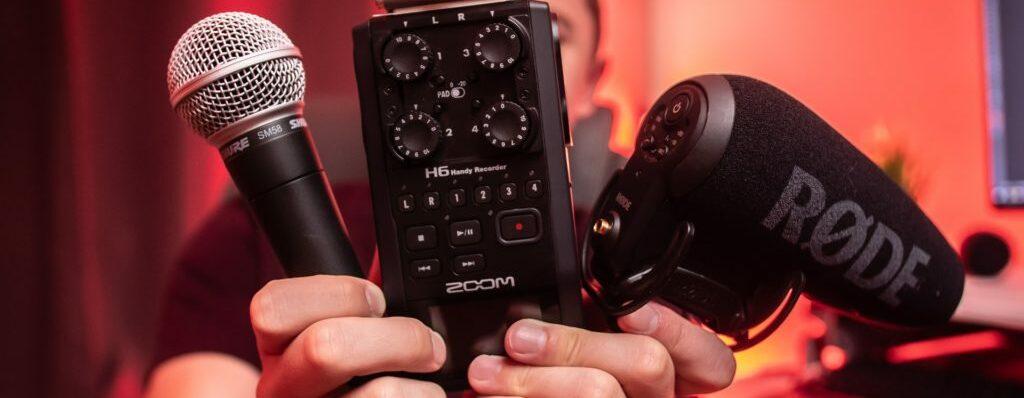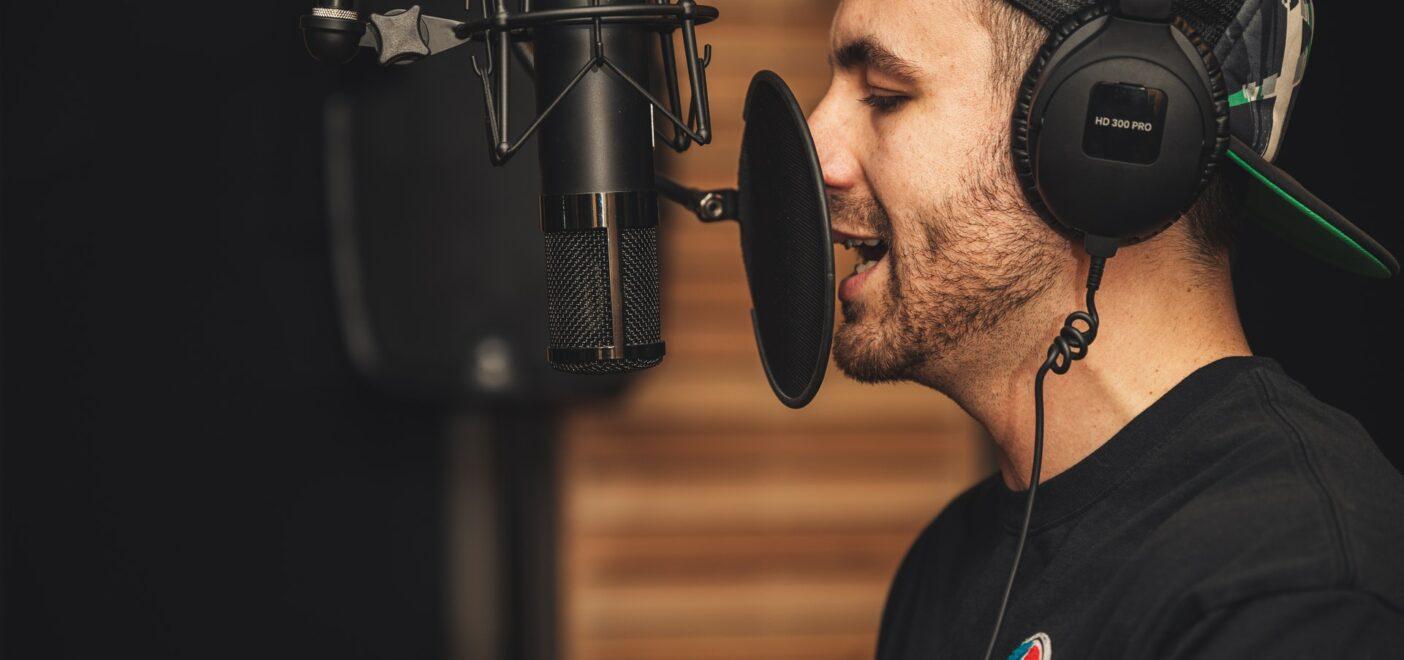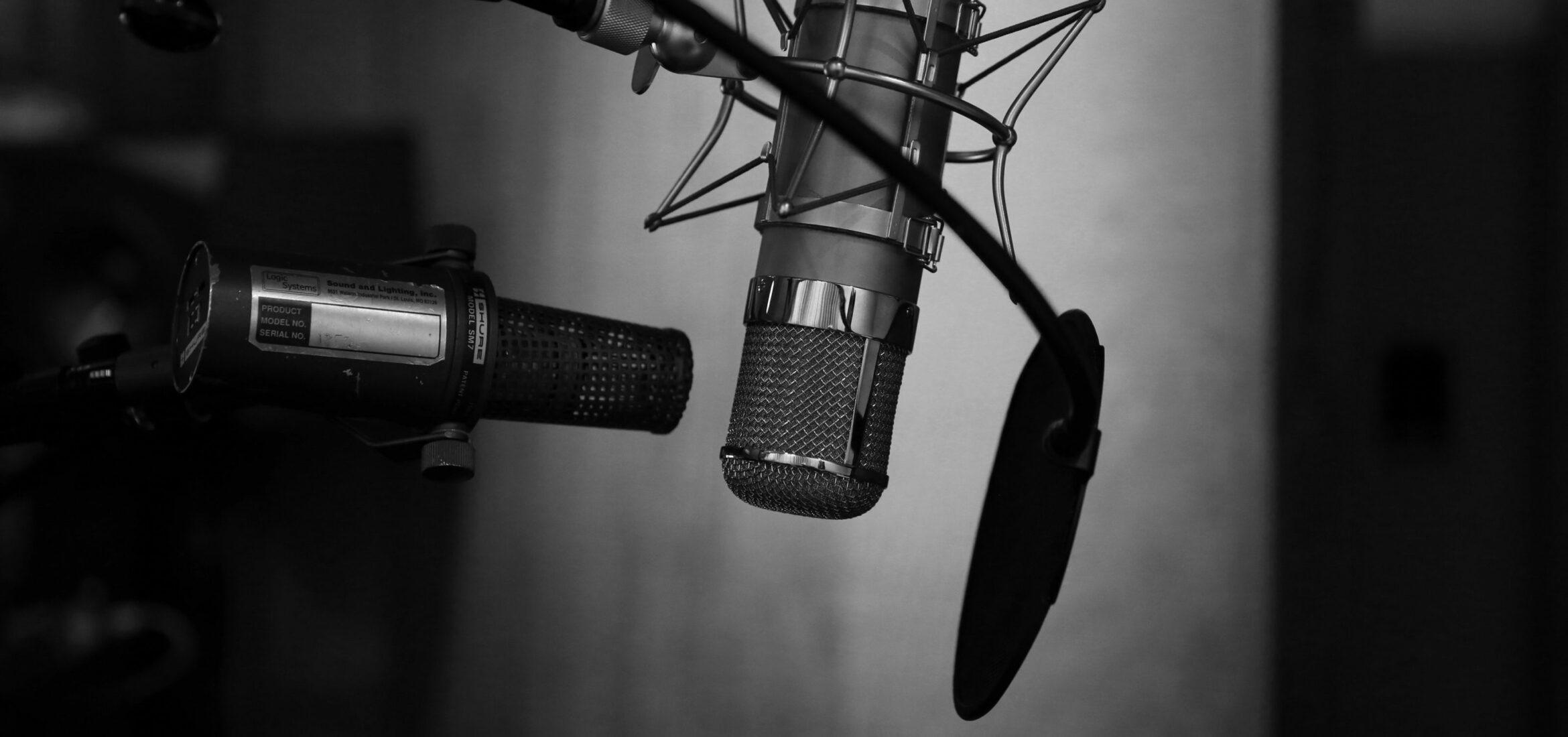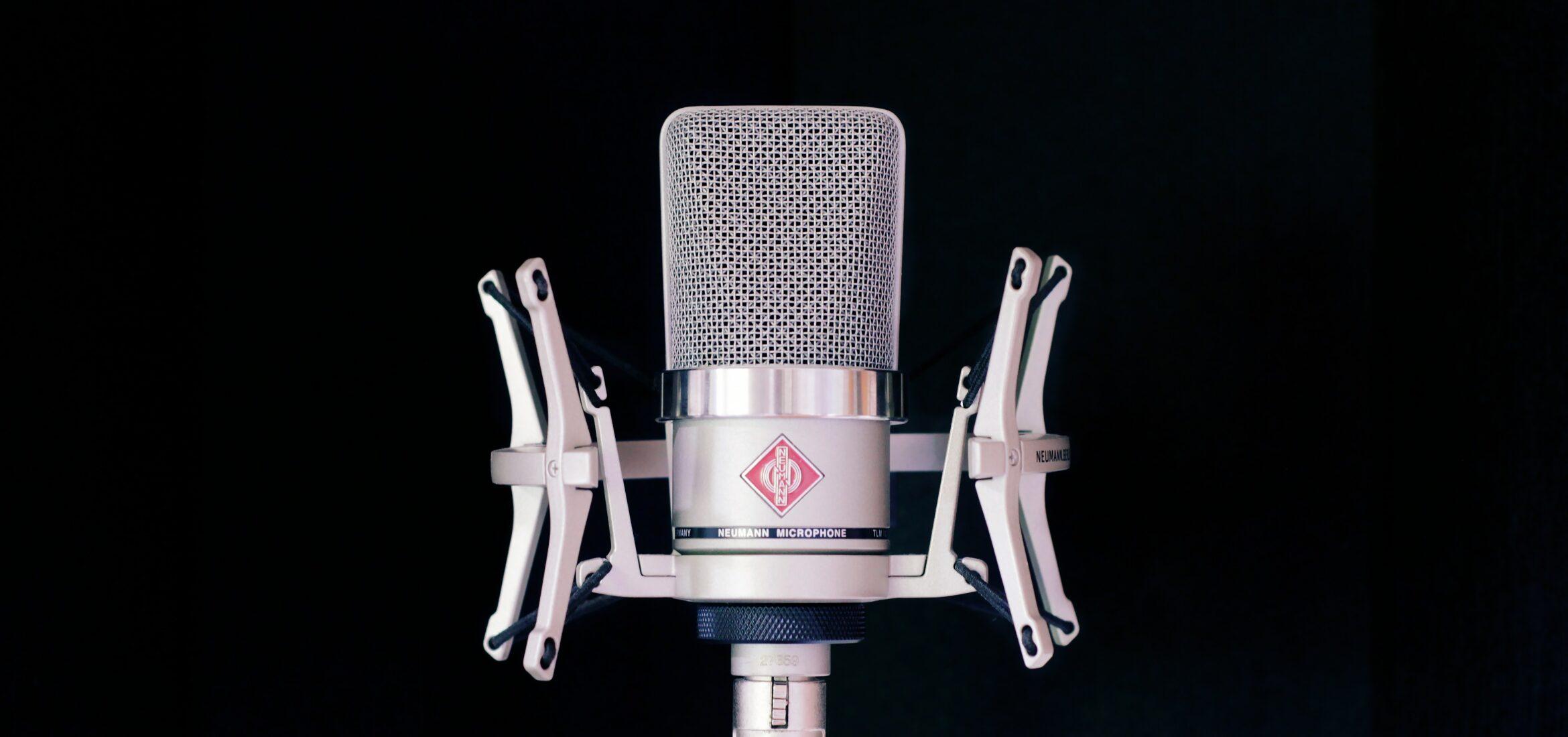Singers and voice artists can use the proximity effect to give their voices more depth with a rich baritone boost by getting close to the microphone but if the artist is too loud or gets too close, that bass boost can ruin a recording.
Here we’ll discuss what causes the proximity effect in certain microphones and share techniques to use it to your advantage so you can achieve the best sound possible before mixing and mastering.
What is the Microphone Proximity Effect?
The distance and direction of the sound source to the microphone affects the amplitude and frequency. When you sing into a uni-directional microphone, the sound waves coming from your voice hit a single diaphragm. The fluctuating air pressure created by the sound waves vibrates the diaphragm. Those vibrations are converted into electronic signals of low to high frequencies.
The amplitude of a voice diminishes rapidly over distance, dropping off 6 dB every time you double the distance from the microphone, reducing the air pressure difference around the diaphragm.

As low-frequency wavelengths are relatively long, they pass through the microphone diaphragm at a slower rate than short, high-frequency wavelengths. That difference in wavelength means that over a long distance, low-frequency sounds don’t create as much change in air pressure as high frequencies hitting the diaphragm.
The closer you get to the mic, the greater impact low frequencies have on air pressure vibrating the diaphragm, increasing emphasis of the bass tones. That’s why getting too close to the microphone can muddy the signal and cause distortion with too much bass.
Microphone Proximity Effect Techniques for Recording Vocals
When mixing vocals to an instrumental track, the amplitude and frequency of a voice or instrument is not something you can easily change or would even want to change but you can easily shape the tone of a vocal track by adjusting the distance between the vocalist and the microphone for the desired results. Let’s go with the scenario of a male singer in a studio recording a vocal track in front of a compression mic with a pop guard.
A handy vocal recording technique is to have the vocalist sing right up against the pop guard. Then you can set the desired distance of the vocalist by adjusting the gap between the pop guard and the microphone to control the proximity effect.
Here are the results you can expect at three different distances:
- Close Distance – Pop Guard About 1 Inch from the Microphone
This is usually too close for singing as it emphasizes the low-end frequencies more than the mids and highs. The imbalance makes the voice sound too thick or muddy.
- Medium Distance – Pop Guard about 2-3 Inches from the Microphone
This is the typical distance for recording vocals to achieve a good balance. The low-end frequencies don’t obscure the mids and highs of the artist’s voice.
- Far Distance – Pop Guard about 4-6 Inches from the Microphone
At this distance, you barely get any proximity effect in the audio, which is good for female vocals. Male vocals lacking that low-end boost sound thinner with only mid and high frequencies dominating the signal.
When to use the Microphone Proximity Effect?
- Invoking the proximity effect with the sound source close to the microphone fattens up low frequency sounds around 300 – 200 Hz and lower.
- Male voices, bass guitars, upright bass and kick drums can benefit from this bass boost.
When Should you Not use the Proximity Effect?
- The microphone proximity effect can be problematic for instruments such as acoustic guitars. If the microphone placement is too close makes the guitar sound boomy by over-boosting the low end, resulting in a distorted signal. It’s worth doing some research on the best guitar microphones to avoid this.
- When recording female vocals you’ll likely want to avoid boosting the bass and let her natural mid and high tones shine through clearly.
- A singer swaying back and forth in front of the microphone is a moving sound source. The fluctuations in the amplitude of the signal cause a wavering microphone proximity effect.
Which Microphones Should you Use?
Directional microphones are predominantly prone to the proximity effect, especially ribbon and cardioid mics commonly used to record vocals in recording studios. You also get the proximity effect with bi-directional microphones.

Omni-directional microphones are much less impacted by the proximity effect because they are designed to pick up sounds from all directions and at varying distances.
Conclusion
The microphone proximity effect can be your friend or foe. A lot depends on your specific requirements. Are you screaming at the top of your lungs or crooning a sentimental love song?
When sound engineers are audio mixing, they want to create a balance between all the tracks in the final mix, which might be a thicker sound for lead vocals than background vocals. They’ll also want to avoid crowding the mix with too many mid-end to low-end frequencies.
Having a wide range of microphones at your disposal is fantastically fun but not necessary. You can get excellent results and find the best microphone for vocals with mid-range frequencies. Achieving the right distance from the microphone is arguably more important than the quality of the microphone itself.
Deja un comentario
Inicia sesión para comentar


